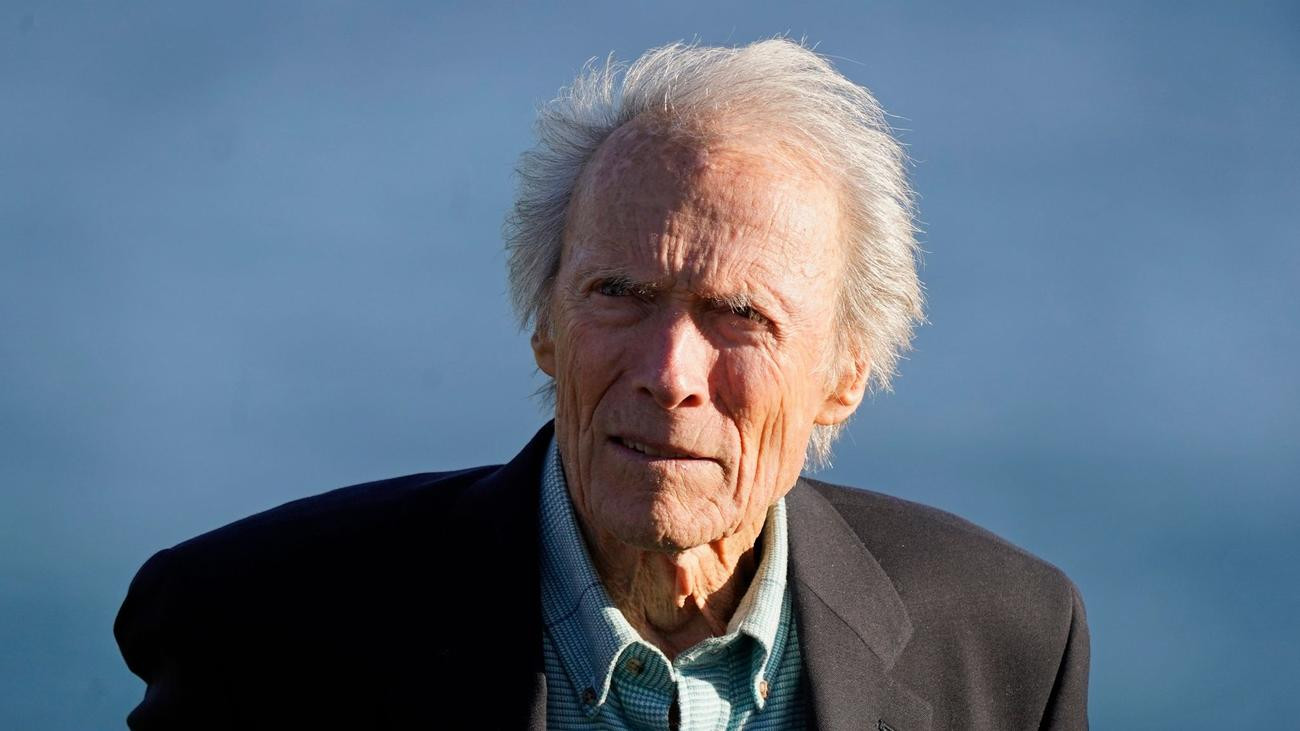One of India's most celebrated fashion designers, Rohit Bal, has died aged 63 after a long period of illness. The Fashion Design Council of India (FDCI) announced his death in a post on Instagram, saying that his work “redefined Indian fashion”.
Born in Srinagar, Bal graduated from St Stephen’s College, went to NIFT, Delhi, and launched his label in 1986. He was among Indian fashion’s first major national and international successes. Known for his love for whites, golds, off whites, and blacks, bold motifs such as the lotus, in a range of rich fabrics such as silk and velvet, Bal was a force to reckon with.
Bal's designs won acclaim for his deep understanding of Indian textiles and meticulous attention to detail. His innovative creations were worn by Hollywood stars and supermodels and he became synonymous with blending India's rich cultural heritage with a contemporary flair. Bal's designs reached far and wide, with Hollywood actress Uma Thurman and supermodels Cindy Crawford, Naomi Campbell and Pamela Anderson wearing his creations. In 2001, tennis star Anna Kournikova walked the ramp for his Paris show.
His flamboyant lifestyle prompted the Indian media to call him “the bad boy of fashion”. “People see me in photographs surrounded by pretty models and think that I am a snobbish, high-maintenance designer who is about beauty and hedonism. When they meet me, they realise how fake that perception is,” he told Vasudev.
A Legacy of Indian Fashion
Bal’s work was worn by international celebrities including Pamela Anderson, Uma Thurman, Cindy Crawford and Naomi Campbell. His designs were flamboyant – the rich velvet skirts flared out just a bit more than conventions allowed, the deep-hued, finely embroidered bridalwear was more risqué than what other designers showed, the brocade kurtas bravely over-the-top. He created gender-fluid couture long before the terms became fashionable in India.
“The hardest thing for a designer is to find their signature style. Bal developed it and how. You can look at a piece and you will know it’s Rohit Bal. He was epitome of flair and flamboyance, and so was his work,” said menswear designer Suket Dhir.
A Bold Visionary
The press called him the enfant terrible of Indian fashion – a man unafraid to ruffle creative feathers, party hard, or pander to a commercial trend. He came out in 2008, long before the law or society was accepting of such relationships. He took plagiarisers to court even as he found new ways to give the traditional craftsmanship of his hometown in Kashmir a designer edge.
“Rohit Bal, a pioneer of the Indian fashion industry entered at a time when Indian fashion was searching for its own identity. He was among an early handful who gave it its signature flamboyance and nonchalance. Rohit Bal was gender-fluid long before it became the catchphrase that it is today. It was he who dressed his male models in heavy Anarkalis and showed us that gender isn’t fixed, and fluidity did not mean that men would look feminine. Rohit Bal was a born couturier. He saw cloth as an open field. He knew where beauty naturally rested, and where it could be explored, combining bespoke artisanal traditions with motifs intrinsic to his Kashmiri heritage. His couture was a vanity fare,” said Shefalee Vasudev, editor-in-chief, The Voice of Fashion, a digital magazine on fashion, culture and design.
A Mentor and Friend
Apart from setting up a hugely successful and popular label, Bal was also a teacher to many designers who have since then found their signature styles – from Jenjum Gadi, and Pankaj Ahuja of Pankaj & Nidhi, to Sahil Kochhar.
“He was the best boss in the business. He was so kind and encouraging. He allowed us our creative freedom. We could use up to 100 metres to create one garment if that’s where our creativity flowed. He was one of the first designers to work with artisans and craftspeople from all over the country…Bal led the way,” said Gadi, who worked with him from 2007-08.
A Lasting Impact
Bal’s death leaves a void in the Indian fashion industry. He was a trailblazer who redefined Indian fashion and inspired generations of designers. His legacy will live on in the countless pieces of clothing he created, the many designers he mentored, and the countless people whose lives he touched.
A Final Bow
“I am shattered. He was in such high spirits at his last show. He was looking forward to the future. He was ecstatic as he watched his creations walk down the ramp,” said Sunil Sethi, chairman of the Fashion Design Council of India (FDCI).
“He introduced the big, flowing, crinkled anarkalis and everyone followed him. He started the trend. Everything he made will be considered vintage, and those who own a piece by Bal will treasure it… It’s art,” said senior designer Anju Modi.
For fashion designer Gaurav Gupta, Bal’s honesty and his endless romance was inspiring. “I was in my teens when I read a magazine where Bal spoke about being bisexual. For a young gay boy like me, it brought me hope. He came backstage to my first ever show in the country and congratulated me. In a hugely competitive field like fashion, he showed us the way. After one of my shows, he wrote me a poem. Rohit Bal was Indian fashion. He was poetry,” said Gupta.
At his final Fashion Week, he bent a few rules too. The 1990s supermodel Sheetal Mallar opened the show, actor Ananya Panday was the show-stopper, models walked to Kate Bush and Madonna, rather than contemporary hitmakers. “A legend has left us,” said stylist Anaita Shroff Adajania, who worked with him for more than two decades. “I am deeply saddened by the untimely passing of Rohit Bal. He was a rare genius, a visionary whose talent knew no bounds, and beyond that, an incredibly warm and loving person.”
Couturier JJ Vallaya remembered his first commercial fashion show, with Bal, known affectionately as Gudda, and Rohit Khosla. “I had just graduated from NIFT, and was one of the most decorated students. But when I actually showed my first collection, not a single piece sold. On the other hand, both Gudda’s and Rohit Khosla’s works sold out. That was a big learning for me, and I had to go back to the drawing board. We laughed about it, of course. Gudda was one of my closest friends. The fashion industry at the time was very different. There was a lot of camaraderie,” said Vallaya, who graduated from NIFT in 1991.
“Rohit Bal remains to date one of the finest benchmarks for perfection. His talent will be missed. He celebrated Kashmir in his work. This, in itself, is a memory that will never fade.”
For others, he was a friend like no other. Designer Rina Dhaka recalled how she did her first show with him in the 1990s. “He was with me then. He was next to me when I got married. He was next to me before I went into labour. And when I opened my eyes, he was holding my baby,” she said.
“He had so much love to give. He was a rockstar. There’s no one like Gudda.”
















